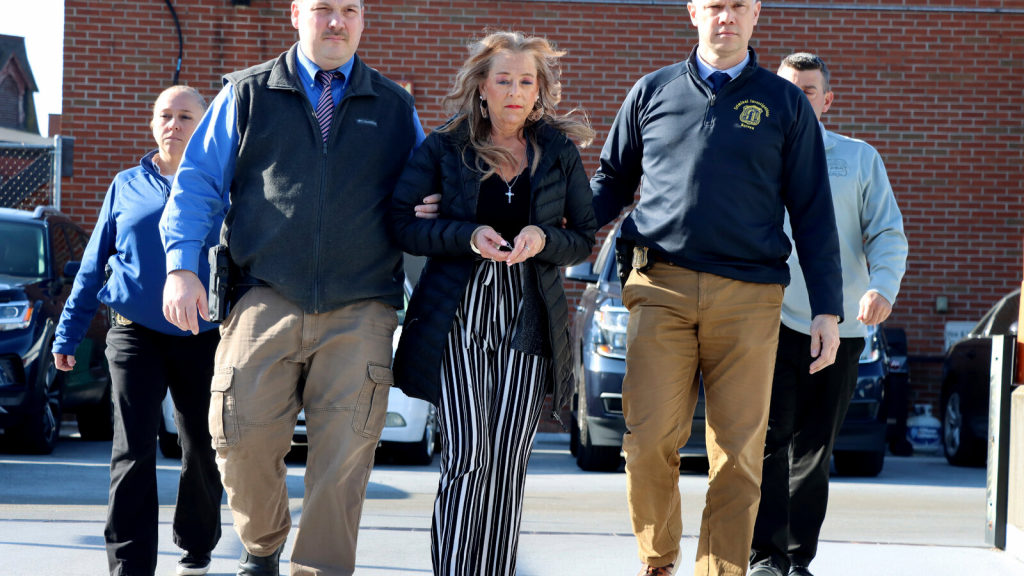Authorities in Connecticut uncovered a haunting case that has left the public shaken. In a quiet neighborhood in Waterbury, a woman was arrested for allegedly holding her stepson captive in inhumane conditions for two full decades. The discovery followed a fire set by the man himself, an act that may have been his only way to draw attention to his torment.
The victim, now 32, was found in a state described by officials as severely malnourished. At five-foot-nine, he weighed only 68 pounds. Emergency responders were stunned at his appearance, comparing his physical condition to that of prisoners in historic atrocities. According to statements, he had been confined since the age of 11.

The accused, 56-year-old Kimberly Sullivan, faces serious charges including kidnapping and first-degree assault. Authorities say the home where the victim was kept painted a grim picture—walls blackened by smoke, piles of debris scattered across rooms, and a door outfitted with multiple locks. This wasn’t just neglect; it was active imprisonment.
Photos from inside the residence offer a chilling look at the life this man endured. Trash and remnants of the fire made the scene appear almost apocalyptic. One room in particular seemed to have been his holding cell—small, confined, and barricaded from the outside.
Sullivan has pleaded not guilty. Her defense insists she’s being misrepresented and reminds the public of her right to due process. Nevertheless, the weight of the evidence, including the visible trauma of the victim, continues to raise public alarm. Despite the severity of the allegations, Sullivan was released on bond under GPS surveillance.

What many find most troubling is how this went unnoticed for so long. Reports indicate that concerns about the boy’s safety were raised as early as 2005. Educators and child protective services reportedly flagged red flags, yet no effective intervention followed. These missed opportunities stretch the imagination and raise serious concerns about systemic failure.
For the victim, survival came at a steep cost—lost time, broken health, and years of silence. His escape has brought long-overdue attention to a case that may have otherwise remained buried. Community members are now demanding answers, not just for this case, but for the larger issue of child welfare oversight.

This tragic story is a stark reminder that monsters do not always live in the shadows. Sometimes, they dwell behind locked doors in houses that seem no different from ours. The signs were there, but the system failed to connect them. The repercussions of that failure are now being played out in court.
As the investigation continues, more details are expected to emerge. But one thing is already clear—this is not a story people will forget easily. It serves as a painful example of why vigilance, awareness, and swift action matter. Behind every door, there could be a life waiting to be saved.
